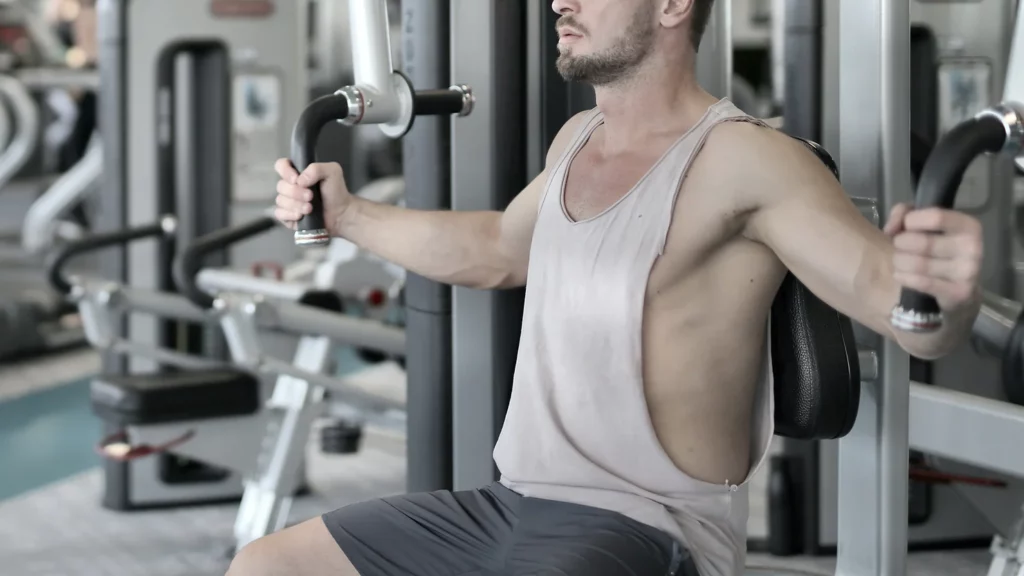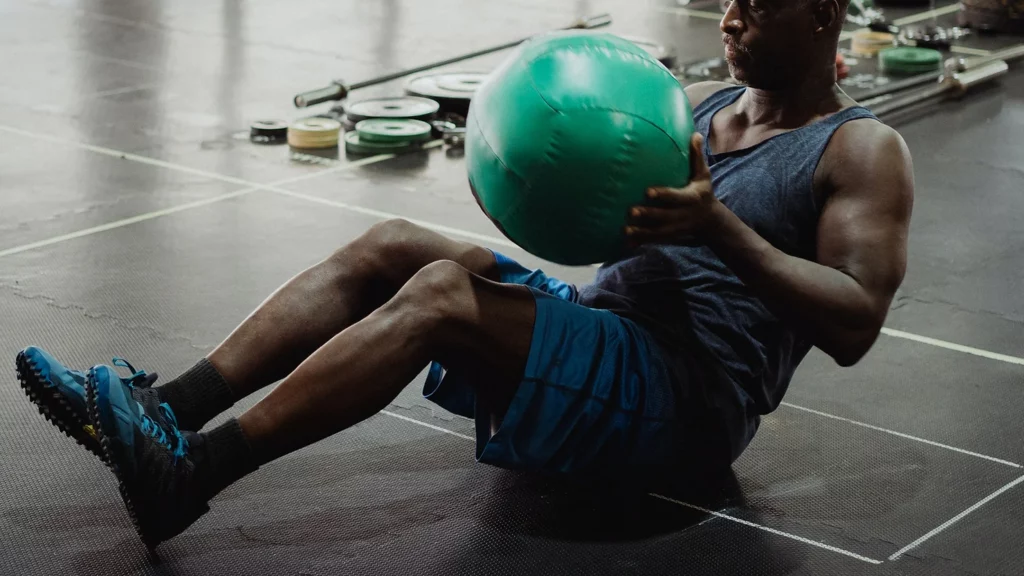What muscles does the hip thrust exercise work?
The hip thrust works the gluteus maximus, or the “glutes,” which are the large muscles that make up the buttocks. The glute medius and minimus, which are the muscles that sit underneath the glutes, are also worked during hip thrusts. Strong glutes are important for everyday activities such as walking and climbing stairs, and they can help prevent injuries to the knees and lower back. The hip thrust can also be effective for building strong hamstrings and lower back muscles. These muscles are important for hip and knee stability, and they also can help prevent injuries to the lower back.
The hip thrust is an important exercise to include in your regimen because it can help build strong, powerful glutes. It can be superior to other glute-building exercises because it allows you to use a heavier weight and get a greater range of motion. Core stability is also improved because the hip thrust forces you to keep your abs engaged throughout the entire movement.
How to perform the hip thrust?
Before you begin, start with a good warm-up that includes hip and glute mobility exercises. These exercises include the hip circle, glute bridge, and fire hydrant. Warming up is important because it will help prevent injuries and increase blood flow to the muscles you will be working.
There are a few different ways to perform the hip thrust, but the most common and effective way is with a barbell. Before you begin, place a barbell across your lap, making sure that it is positioned over your hip bones. You can use a pad or towel to help protect your hips from the barbell. Next, sit on the edge of a bench or box with your feet flat on the ground. Slowly lean back until your shoulders and upper back are resting on the bench. From this position, drive through your heels and thrust your hips up into the air, extending your knees and hips until your body forms a straight line from your shoulders to your knees. Hold this position for two to three seconds, then slowly lower your hips back to the starting position.
Common Mistakes
One of the most common mistakes people make when performing hip thrusts is not using a full range of motion. To maximize the benefits of this exercise, it is important to extend your hips and knees until your body forms a straight line. Another common mistake is arching your back too much during the hip thrust. This can put unnecessary stress on your lower back and increase the risk of injury. Keeping a neutral spine throughout the entire movement is key to avoiding this mistake. Finally, people often use too much weight when they first start hip thrusting. It is important to focus on using good form before adding more weight.
Variations of the Hip Thrust
Once you have mastered the basic hip thrust, there are a few variations you can try to keep your workouts interesting.
Variation #1: Single-Leg Hip Thrust
The single-leg hip thrust is a great exercise for targeting each side of the glutes individually. To perform this variation, begin in the same position as the basic hip thrust with a barbell across your lap. Instead of both feet being on the ground, however, only place one foot on the ground and extend the other leg straight out in front of you. From this position, thrust your hips up into the air and extend your knees and hip until your body forms a straight line from your shoulders to your planted foot. Hold this position for two to three seconds before lowering your hips back down to the starting position. Repeat on the other side.
Variation #2: Glute Bridge
The glute bridge is a great exercise for targeting the glutes and hamstrings. To perform this variation, begin by lying on your back with your feet flat on the ground and a barbell across your hips. Next, drive through your heels and raise your hips into the air until your thighs and torso are in line with each other. Hold this position for two to three seconds before lowering your hips back down to the starting position.
Variation #3: Hip Thrust with Band
The banded hip thrust is a great exercise for targeting the glutes and hamstrings. To perform this variation, begin by lying on your back with your feet flat on the ground and a barbell across your hips. Place a resistance band around your knees and thighs. Next, drive through your heels and raise your hips into the air until your thighs and torso are in line with each other. Hold this position for two to three seconds before lowering your hips back down to the starting position.
The added band resistance will help to target and build the muscles in your glutes and hamstrings. It will also make the standard exercise more challenging.
Summary
The hip thrust is a fantastic exercise for building glutes and hamstrings. It may be done with or without weight, and there are several variations to try to keep your workouts interesting. It’s critical to use good form while performing the hip thrust and focus on using a full range of motion. Remember to stretch before and cool down after your workout.
Are you looking to get fit? Look no further! Our fitness programs are designed to help you build a strong and aesthetic physique. We also provide easy-to-follow routines that will fit any schedule. With our fitness programs, you'll have the tools you need to build muscle and achieve your fitness goals. Click the link below to get started!



